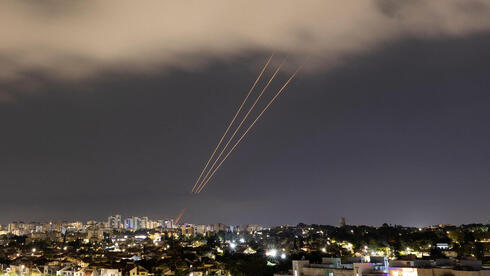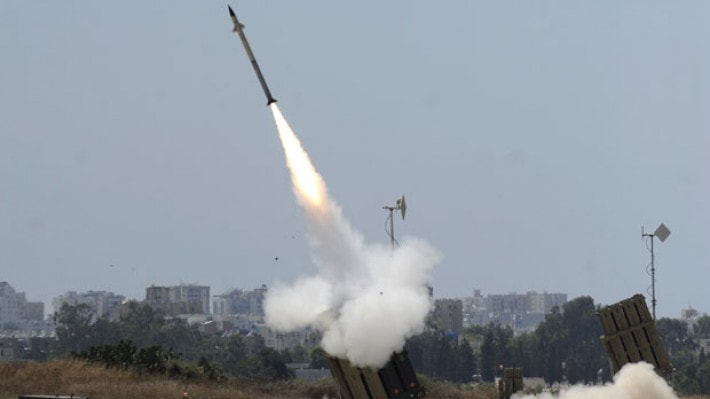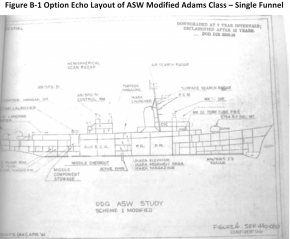They could if that was scoped into the project, lower cost, high local content, high production capability.
If you want maximum performance out of modern materials, science and technology, then it costs. You definitely want high end capability. But not everything needs to be all high end all the time. Israel, South Korea, France etc all have this kind of high low stuff.
Part of Iron dome was to address these. They were able to do it. With more modern technologies and techniques, it is entirely possibly to make them much cheaper and in much higher volumes with much more local content. Australia can make aluminium, plastics, glass, fuel, explosives.
How much did it actually cost Israel to shoot down Iran’s flood of ballistic missiles, cruise missiles, and suicide drones?

www.calcalistech.com
But the problem is to make it cheap, you need to compromise on things like foldable fins, speed, advanced guidance, performance etc. Its still useful, but is no longer a wonder weapon if deployed as a singular system (which it isn't see Davids sling). It has a proximity fuze (not kinetic hit to kill, which is much harder) solid rocket motor, so less range, less speed control, uplinked guided by Fire control radar, with a fairly simple radio seeker (no IR or advanced features). 4-17km range, mach 2, it is a pretty average defence, but if deployed in numbers, can offer low engagement costs for less capable threats.
Iron Dome Short range Air Defence System has found unprecedented success during its service since 2011 and has been credited with more than 1500 operational intercepts; a success rate of some 90...
fullafterburner.weebly.com
However, not sure if Australia by itself is ideal to develop this. Partnering with the Japanese, or Koreans may be an option, and they would really like a reliable ally to partner with with a rock solid supply chain and impressive US alliance history.





